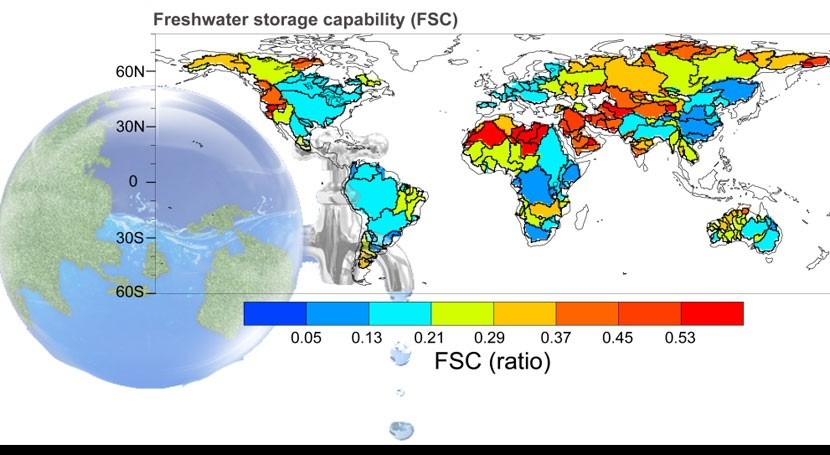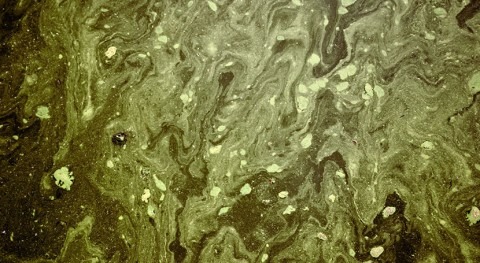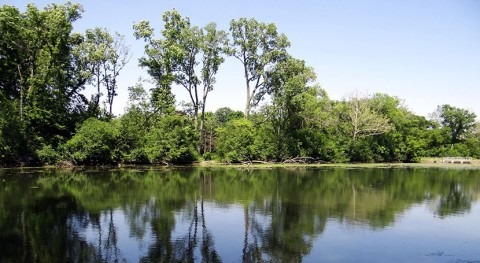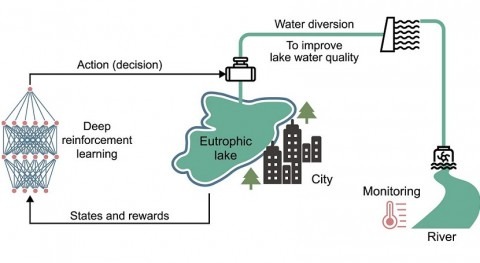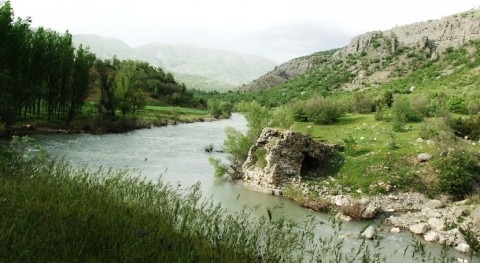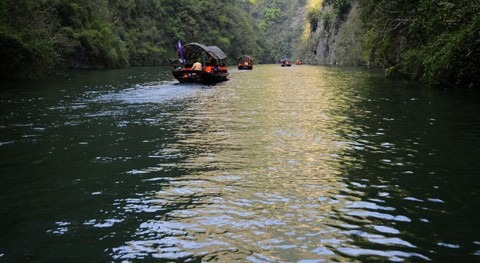Freshwater from lakes, rivers, and underground is mainly recharged by rainfall. Ground reservoirs can store rainwater over time, depending on that location's storage capability. However, estimating freshwater storage capability (FSC) is still a challenge due to few observation opportunities and methods to measure and quantify FSC.
Prof. YUAN Xing and his Ph.D. student ZHU Enda, from the Institute of Atmospheric Physics at the Chinese Academy of Sciences, developed and applied a new metric that characterizes the "inertia" of water after rainfall. This method allows better FSC analysis based on satellite data from the Gravity Recovery and Climate Experiment (GRACE).
The study was published in Advances in Atmospheric Sciences on May 17.
The researchers simulated their new algorithm using the Community Land Model version 5 (CLM5) in 194 major river basins around the world.
"The FSC of river basins which displays the proportion of precipitation that can be retained in land is closely related with the hydrological memory," said Prof. YUAN. "Larger FSC means longer hydrological memory, which will have an impact on local and regional weather and climate through the land-atmosphere couple."
Results show that, on average, global land surfaces can retain over one quarter of monthly precipitation based on GRACE observation. The CLM5 simulation represents a similar global distribution. According to this new metric, small FSC areas have wetter conditions and a higher vegetation density, whereas large FSC areas have drier climates.
This metric observes evaporation using satellite observations. Compared with the monthly FSC, the amount of water retained within land is higher at a shorter time scale due to less evaporation in low FSC areas. Across multiple time scales, the root zone contributes to about 40% of the global land FSC.
While this study, published in Advances in Atmospheric Sciences, primarily focuses on rainfall, precipitation that falls as snow is important, despite most frozen water content sitting above the ground surface. Snow contributes to more than 20% of land FSC, especially in high latitudes.
"This work is worthy of further attentions for water resources management and hydrological prediction," explained Prof. YUAN.


